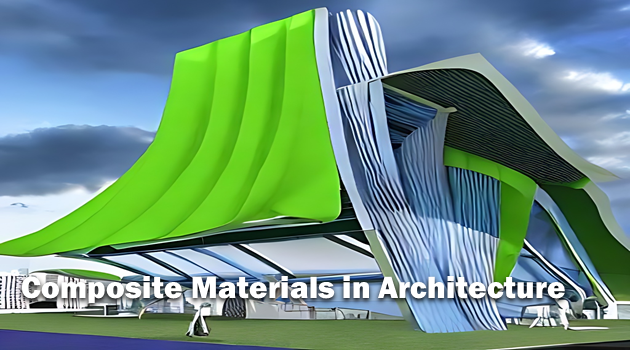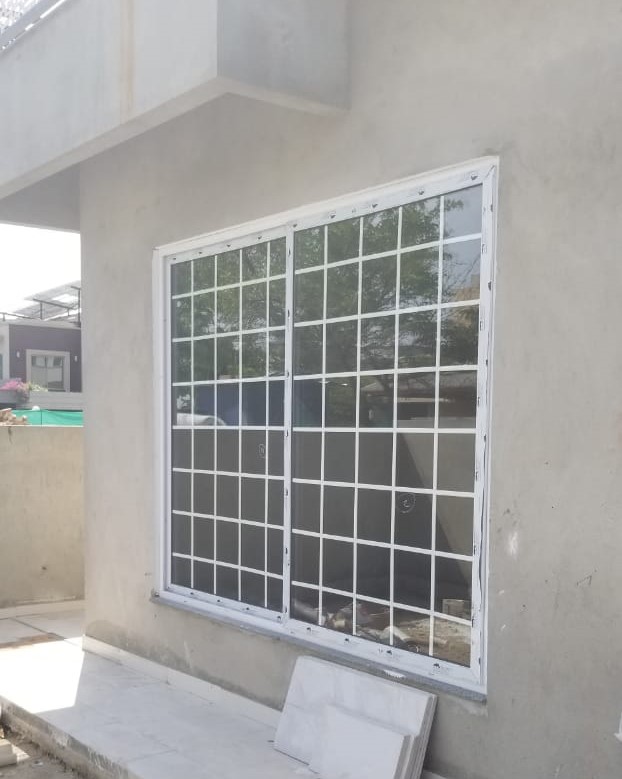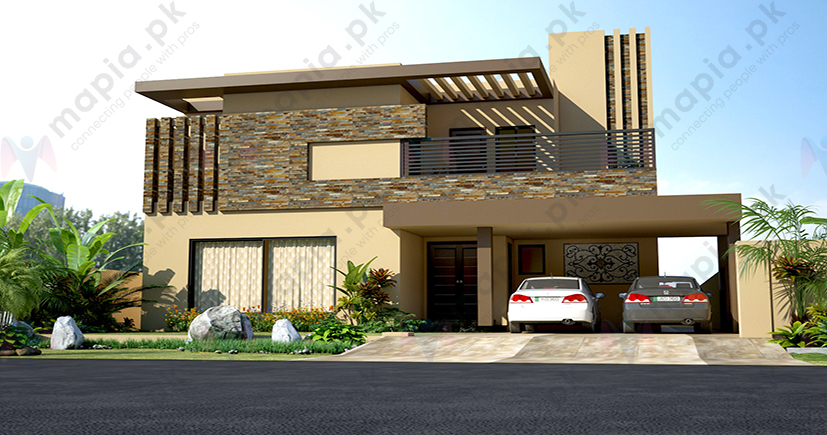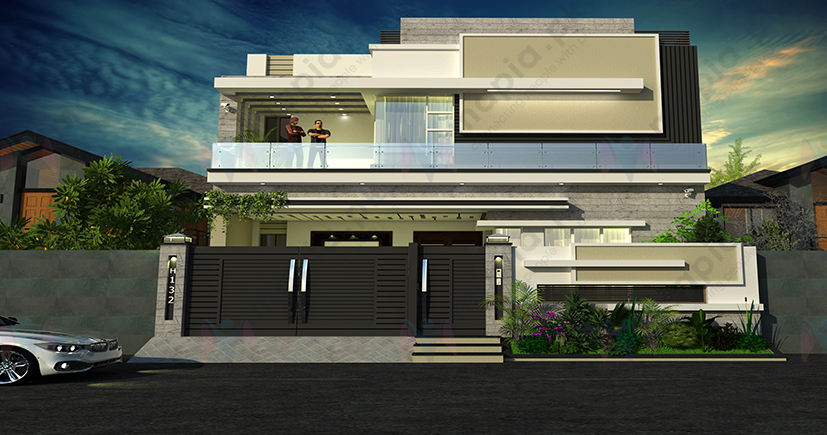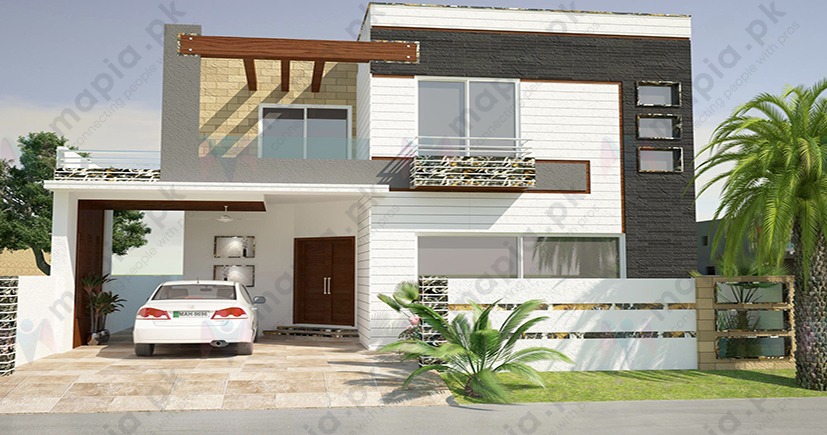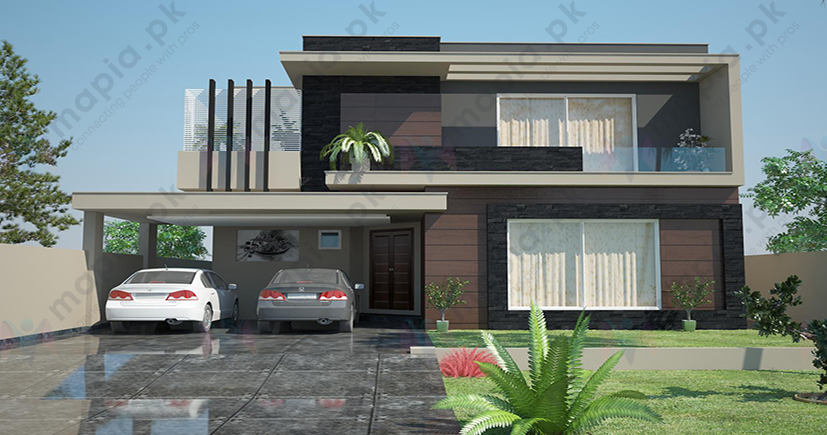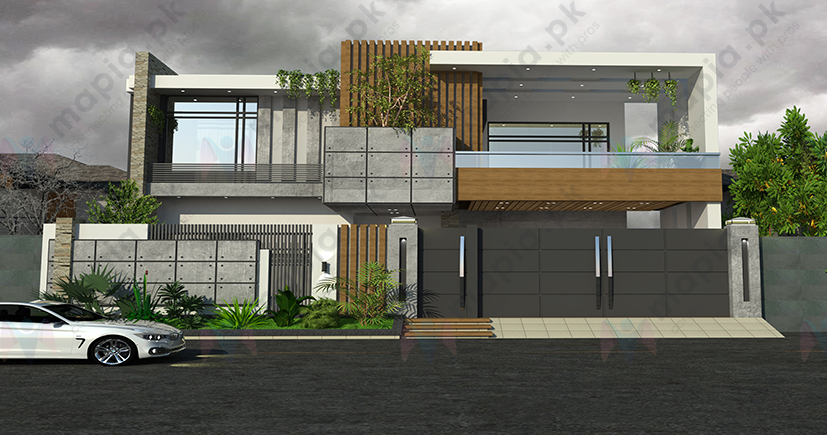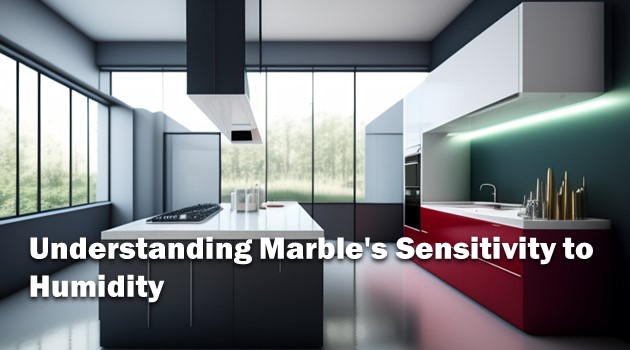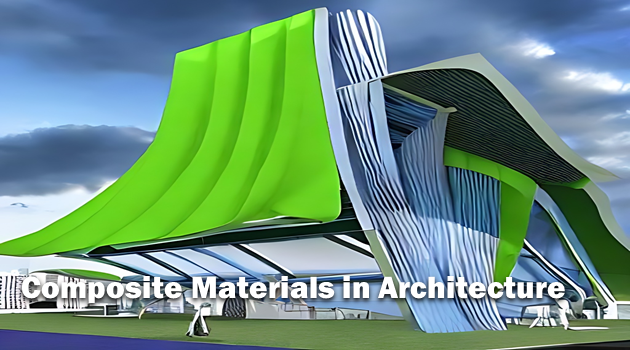
Composite Materials in Architecture
Composite materials have become increasingly popular in architecture due to their unique combination of strength, durability, and aesthetics. These materials are created by combining two or more materials with different physical or chemical properties in order to create a new material with desired characteristics.
We all have questions about Composite materials, let's find some answers
One common type of composite material used in architecture is fiber-reinforced polymer (FRP). FRP composites consist of a polymer matrix, such as plastic or resin, reinforced with fibers made of glass, carbon, or aramid. These fibers provide the composite with additional strength and stiffness, making it suitable for use in structural applications. FRP composites are lightweight, corrosion-resistant, and have a high strength-to-weight ratio, making them ideal for use in buildings and other structures.
Another type of composite material used in architecture is concrete-based composite materials. These materials, also known as fiber-reinforced concrete, consist of concrete reinforced with fibers made of steel, glass, or synthetic materials. The fibers provide the concrete with additional strength and cracking resistance, making it suitable for use in structural applications. Concrete-based composite materials are also resistant to fire, UV radiation, and water damage, making them suitable for use in outdoor applications.
Composite materials are also used in the construction of cladding systems for buildings. Cladding is a layer of material applied to the exterior of a building to provide a protective or decorative finish. Composite cladding systems are often made of metal or wood panels that are coated with a layer of polymer or resin to provide additional protection and improve the appearance of the cladding. These composite cladding systems are lightweight, durable, and easy to install, making them a popular choice for many architects and builders.
In addition to their structural and cladding applications, composite materials are also used in the construction of doors, windows, and other architectural elements. These products are often made of composite materials such as fiberglass or polymer-based composites, which are strong, durable, and resistant to weathering and wear.
Fiber Reinforced Polymer - FRP
Fiber-reinforced polymer (FRP) is a type of composite material that consists of a polymer matrix, such as plastic or resin, reinforced with fibers made of glass, carbon, or aramid. The fibers provide the composite with additional strength and stiffness, making it suitable for use in structural applications.
One way in which FRP can be considered a composite material is due to its structure. The fibers within the FRP composite are arranged in a specific pattern, and are embedded within the polymer matrix in order to provide the composite with additional strength and stiffness. This results in a material that is made up of a combination of different materials, making it a composite.
Another way in which FRP can be considered a composite material is due to the properties it possesses. FRP composites are lightweight, corrosion-resistant, and have a high strength-to-weight ratio, making them ideal for use in buildings and other structures. They are also resistant to UV radiation and weathering, making them suitable for use in outdoor applications. Additionally, FRP composites are easy to fabricate, making them a popular choice for use in the construction of custom architectural elements.
Clay Bricks
Clay bricks are a type of composite material that have been used in construction for centuries. These bricks are made by pressing a mixture of clay and water into a mold, and then firing the resulting material in a kiln to harden it. The resulting bricks are strong, durable, and resistant to weathering, making them suitable for use in a wide range of construction projects.
One way in which clay bricks can be considered a composite material is due to their structure. Clay bricks are made up of small particles of clay that are bound together by a matrix of water and other minerals. When the brick is fired in the kiln, the water evaporates, and the minerals within the clay bond together to form a solid, monolithic structure. This process results in a brick that is made up of a combination of different materials, making it a composite.
Hire Best Architects for your construction project in Pakistan. Click to create Project Inquiry.
Another way in which clay bricks can be considered a composite material is due to the properties they possess. Clay bricks are strong, durable, and resistant to weathering, which makes them suitable for use in a wide range of construction projects. They are also resistant to fire, making them a popular choice for use in the construction of fireplaces and chimneys. Additionally, clay bricks have good insulation properties, making them energy-efficient and suitable for use in both hot and cold climates.
Overall, clay bricks are a composite material that has been used in construction for centuries due to their unique combination of strength, durability, and versatility. These bricks are strong, durable, and resistant to weathering, making them a popular choice for use in a wide range of construction projects
Concrete Based Composite Materials
Concrete-based composite materials, also known as fiber-reinforced concrete, are a type of composite material that consists of concrete reinforced with fibers made of steel, glass, or synthetic materials. The fibers provide the concrete with additional strength and cracking resistance, making it suitable for use in structural applications.
One way in which concrete-based composite materials can be considered a composite material is due to their structure. The fibers within the concrete-based composite are embedded within the concrete matrix in order to provide the material with additional strength and cracking resistance. This results in a material that is made up of a combination of different materials, making it a composite.
Another way in which concrete-based composite materials can be considered a composite material is due to the properties they possess. Concrete-based composite materials are strong, durable, and resistant to weathering and wear, making them suitable for use in a wide range of construction projects. They are also resistant to fire, UV radiation, and water damage, making them suitable for use in outdoor applications. Additionally, concrete-based composite materials have good insulation properties, making them energy-efficient and suitable for use in both hot and cold climates.
Overall, composite materials offer a range of benefits for use in architecture. They are strong, lightweight, and durable, and can be molded into a variety of shapes and forms to suit the needs of the project. As a result, composite materials are becoming an increasingly popular choice for architects and builders looking to create high-performance, visually appealing structures.
Benefits of Composites Materials in Architecture
There are several benefits to using composite materials in architecture:
Strength and durability:
Composite materials are often stronger and more durable than traditional materials, making them suitable for use in structural applications.
Lightweight:
Composite materials are often lightweight, which makes them easier to transport and handle during construction. This can also reduce the overall weight of a building or structure, which can be beneficial for seismic and wind loading.
Corrosion-resistant:
Many composite materials are resistant to corrosion, making them suitable for use in outdoor applications.
High strength-to-weight ratio:
Composite materials often have a high strength-to-weight ratio, meaning that they can provide a lot of strength and support while still being lightweight. This makes them ideal for use in the construction of buildings and other structures.
Aesthetically pleasing:
Composite materials can be molded into a variety of shapes and forms, making them suitable for use in the creation of custom architectural elements. They can also be finished with a variety of surface treatments to improve their appearance.
Easy to fabricate:
Composite materials are often easy to fabricate, making them suitable for use in the creation of custom architectural elements.
Energy-efficient:
Some composite materials have good insulation properties, making them energy-efficient and suitable for use in both hot and cold climates.
Resistant to weathering and wear:
Many composite materials are resistant to weathering and wear, making them suitable for use in outdoor applications.
Resistant to fire:
Some composite materials, such as concrete-based composites, are resistant to fire, making them suitable for use in the construction of fireplaces and chimneys.
Customizable:
Composite materials can be customized to meet the specific needs of a project, making them suitable for use in a wide range of applications.
Sustainable:
Some composite materials, such as those made from recycled materials, can be more sustainable than traditional materials.
Cost-effective:
Composite materials can often be more cost-effective than traditional materials due to their durability and ease of fabrication.
In Summary:
The use of composite materials in architecture offers a range of benefits that make them a popular choice for many architects and builders. These materials are strong, durable, and resistant to weathering and wear, and can be customized to meet the specific needs of a project. They are also sustainable and cost-effective, making them an attractive choice for many construction projects.


